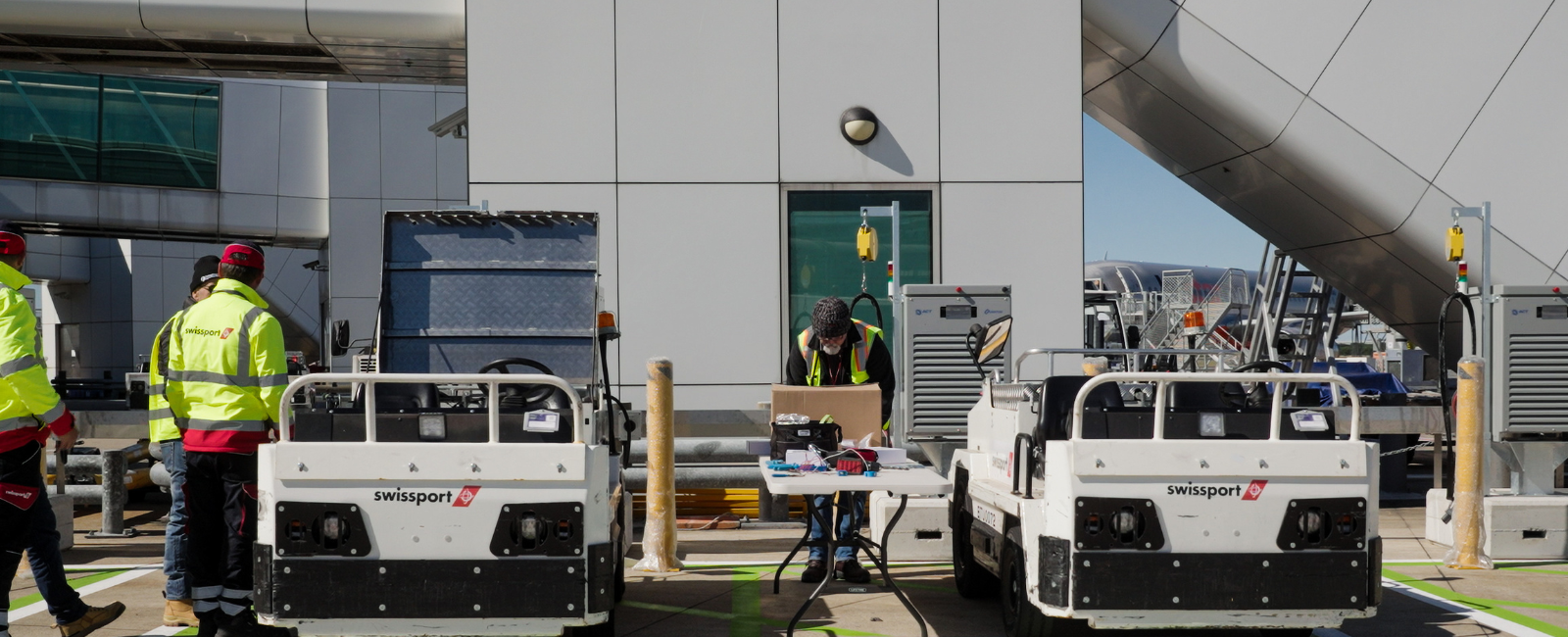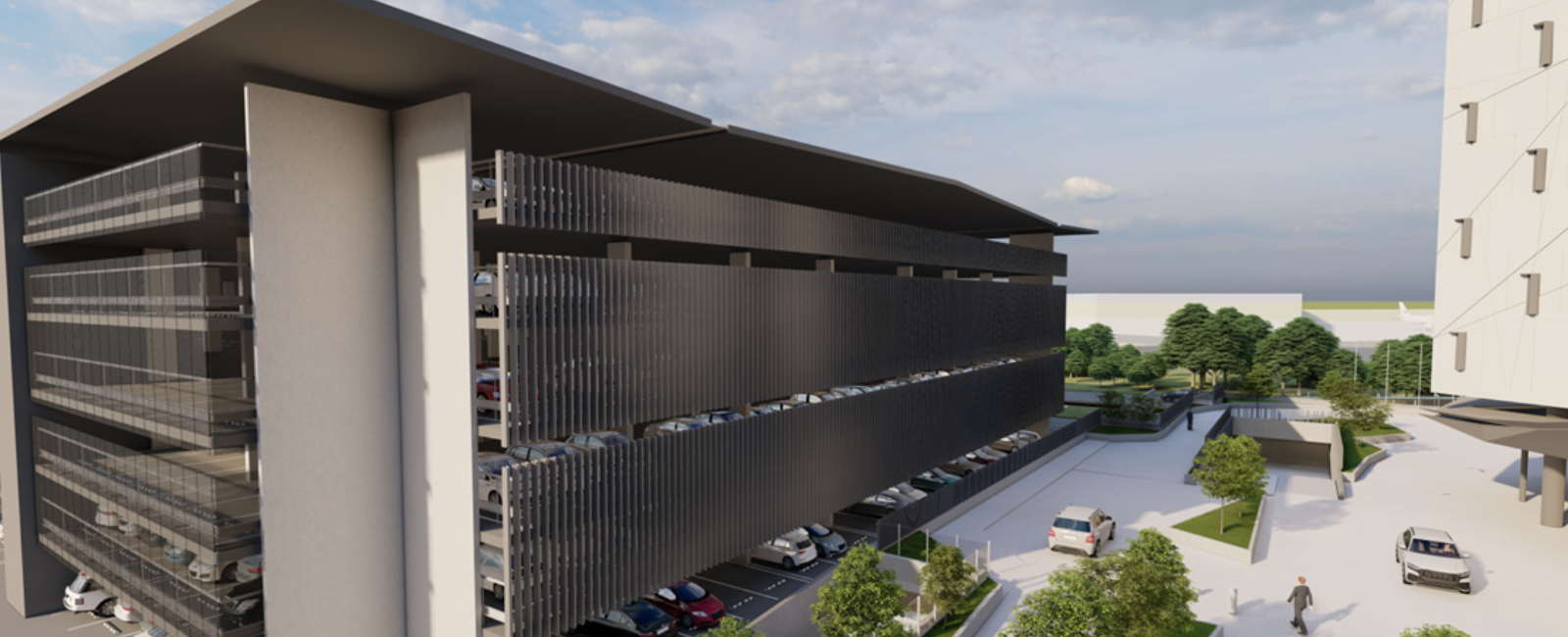
Brisbane Airport's $5 billion Future BNE program isn't just reshaping infrastructure – it's transforming access to the River City for generations to come. Brisbane Airport is embedding sustainable practices across the organisation, collaborating on everything from design and procurement to climate change initiatives and circular economy projects. Tiana Wetzel, Sustainability Lead at Brisbane Airport, shares insights into the team's approach.
"Sustainability is integrated into everything we do at Brisbane Airport," Tiana explains. "We're driven by our purpose of creating a sustainable, leading airport that future generations trust and are proud of.”
Our commitment to sustainability shapes projects through a comprehensive framework of design principles and guidelines.
"These principles guide decision-making at every stage – concept, schematic, development and during construction."
"Before any project moves to tender, project managers complete a sustainable procurement checklist," Tiana explains.
These guidelines extend beyond new developments to shape upgrades of existing infrastructure. Brisbane Airport is encouraging contractors to start reporting on key sustainability metrics throughout construction, to enable tracking of environmental performance. This approach is building towards a consistent process across all projects, whether building new facilities or modernising existing ones.
The airport's sustainable initiatives deliver measurable benefits beyond environmental improvements. The first stage of a new airside charging system has been installed with 35 chargers operational and supplying power to the growing fleet of airside electric vehicles.

"This will reduce emissions and make vehicles quieter, improving their working environment," Tiana shares. “In 2026, we expect approximately 100 common-use chargers available for use airside at BNE.”
Brisbane Airport’s Sustainability Strategy flows through to expanding its circular economy initiatives. "We're undertaking a circular economy opportunities assessment," Tiana says. "Our roadmap for the next decade focuses on innovations in materials like concrete and explores partnerships within Brisbane-based suppliers and across Australia."
This approach comes to life in projects like the new P2 car park expansion. "85% of concrete structure in the project is a lower carbon concrete product, marking a first for Brisbane Airport in a multi-storey complex," Tiana says.
"Combined with 100% recycled reinforced steel and over one megawatt of solar panels, it establishes new benchmarks in sustainable infrastructure at Brisbane Airport."

The commitment runs through the supply chain, guided by specific requirements in the design guidelines. Projects need to consider sourcing select materials within 750km of Brisbane Airport and target a minimum 20% recycled material content as a first step.
"We're looking at creating a circular economy by promoting and using localised supply chains," Tiana explains. "By embedding these requirements in our guidelines, we try to create consistency across all projects."
The results speak for themselves – seven commercial projects in Brisbane Airport's pipeline are targeting a 5-Star Green Star rating, representing Australian excellence in sustainable design.
Implementation, especially in an airport precinct, comes with its own challenges. One involves managing PFAS-affected materials – a legacy issue from historical aviation firefighting foam use. "We can't recycle materials affected by PFAS off-site," Tiana says. "But we're focused on finding solutions. Our environment team developed a PFAS management plan to help us reuse materials on-site where possible."
Looking ahead, Brisbane Airport continues to evolve its sustainable design approach. "We're partnering with industry through forums like the Jet Zero Council and Hydrogen Flight Alliance to address our biggest challenge – reducing Scope 3 emissions, which account for 99% of the total emissions at Brisbane Airport, with ~87% of them from aviation fuels," Tiana explains.
These challenges open doors to innovation "Our $5 billion investment isn't only about building new facilities – it's about partnering with local suppliers, investing in low-carbon materials, and continually evolving our sustainable design principles, we're building a future airport that future generations can trust and be proud of."

